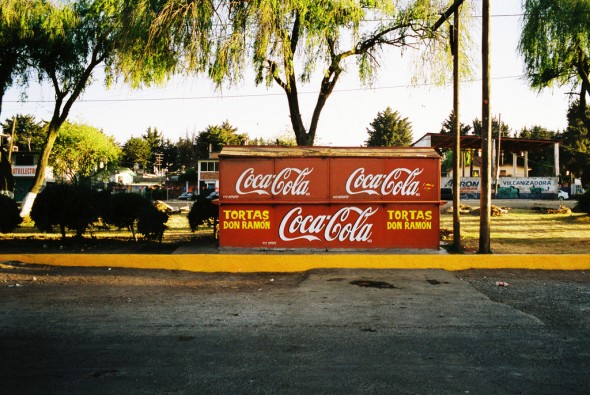 What will the marketing department of the future look like? A high tech military command like the infamous Gatorade control room, or a pastel playground more akin to the painfully cool digs of your creative agency? In a way, its really the wrong question to ask. When we think about the future, its natural to visualise what we can see - new technology, shiny toys and space age design. But that doesn't give you much of a path to getting there. More useful is thinking about the kinds of people you are going to need, and why.
What will the marketing department of the future look like? A high tech military command like the infamous Gatorade control room, or a pastel playground more akin to the painfully cool digs of your creative agency? In a way, its really the wrong question to ask. When we think about the future, its natural to visualise what we can see - new technology, shiny toys and space age design. But that doesn't give you much of a path to getting there. More useful is thinking about the kinds of people you are going to need, and why.Of course, the hot hire to make these days are social media experts. A terrible title, to be sure. Like ‘horseless carriage' or 'moving staircase', 'social media' is a retro tautology that only highlights how attenuated our conceptual models have become. My favorite is one most people don't notice - 'mobile phone'. Think about kids. Have they ever used a phone that isn't mobile? Or for that matter, ever experienced media that isn't social? Every savvy marketer today is grappling with the question of how to resource themselves in a world where consumers are often better at leading brand discussions than they are. But does the world really need more twitchy Twitter junkies ready to jump on every consumer bleat with a canned corporate response? I'm hoping that your future digital A-Team will be somewhat different.
With the war for attention looming, here are three new recruits that should be on your list:
1. The Quant
As any diehard Tron fan will tell you, the geeks shall inherit the earth. And if Wall Street is any indication, the same guys who transformed the business of money during the eighties with their algorithms and super computers are set to take up permanent residence in the marketing space as well. We are still in the early days of consumer monitoring. Marketers are starting to listen to what consumers are saying on social platforms, analyzing traffic spikes and studying keyword search behavior. Its a good start, but horribly primitive - equivalent to trying to run a sophisticated hedge fund with a slide rule.
If you really want to understand where we are going, spend some time with an affiliate marketer. These guys are like forex traders - constantly scanning the online world for traffic arbitrage opportunities, and creating revenue programs that slip between the gap between acquisition costs and performance margins. Your future marketing quants will be a lot like this - part ethnologist and part math savant - they will use state of the art technology to monitor the shifting networks of consumer memes and traffic flows, always looking for new opportunities to exploit and conversations to 'lean into'.
2. The Storyteller
Media has always operated on a simple premise - professionals create content so that marketers can hitch a ride to sell their messages to unwitting consumers. But increasingly brands are realising that in an age where consumer networks are capable of mass distribution, they need to be in the content business themselves. Luxury brands do this better than anyone. They tell seductive stories about provenance, family history and craftsmanship - to gloss over the less salubrious truth of third world factories, conglomerate ownership and mass production.
The storyteller role in your marketing department will soon be filled by clever creative types, who will work with professional writers, photographers and filmmakers to spin brands into engaging pieces of entertainment capable of standing on their own. Media companies will still have a role providing eyeballs and context for branded material - but I believe the creative imperative will shift from the traditional custodians of content. As I wrote in my book Futuretainment, in the future media companies will need to think like brands, and brands like media companies.
3. The Makers
As Johnny Vulkan, founder of Anomaly likes to point out - we always forget the first P in Philip Kotler's classic 4 P's of Marketing (Product, Price, Place and Promotion). So the final role that I believe you will see more often in marketing departments are true product evangelists. Not just product managers mind you, but true 'makers' who have responsibility for the total consumer experience.
If you have ever watched one of those fan boy videos of an 'unboxing' you will realize the power of product and packaging as a platform for branding. The maker role in the marketing department of the future will be the link between the creators of the brand and the creators of the stuff. They will be alchemists of the physical - from the design of objects to the beauty of packaging, from the tone of instruction manuals right through to the design of retail stores and experiential marketing events.
- - - - -
No doubt, some of the more enterprising of you will already be wondering if you fit any of these roles. And the really ambitious ones might even be asking yourselves, if you were to pick being a quant, storyteller or maker - which has the best chance to take the reins of CMO? But as before, I'd suggest that you are asking the wrong question. If the new marketing department of the future will be so central to a company's core brand and product, the real question is not who will be CMO, but what successful CMO should not be CEO?





